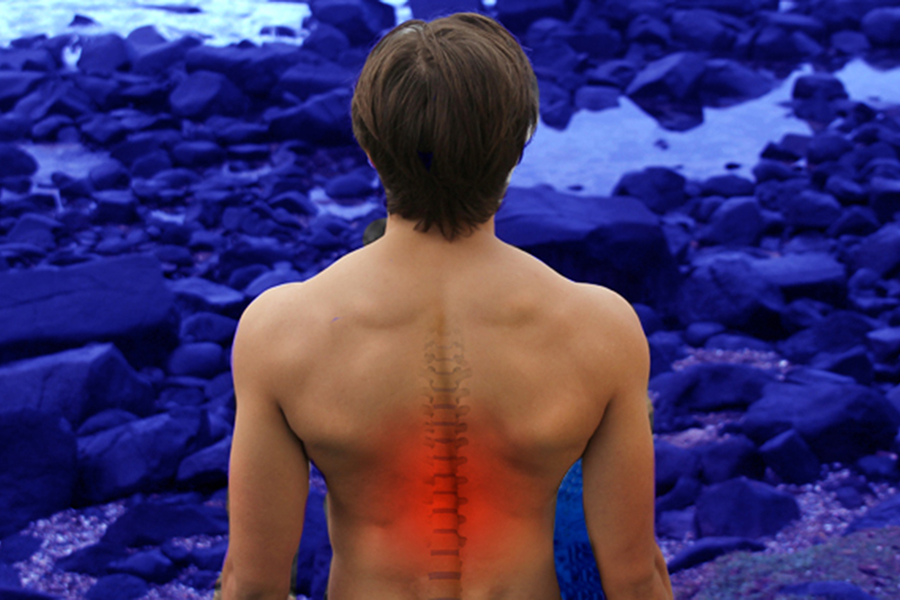
ChiroProktor: the CPR dummy of spinal manipulation
Think back to your first bike. You learned to ride by practicing—feeling out your balance, tipping over a few times, but ultimately getting up and trying again. The best way to learn is by doing, and doing often. But learning how to adjust the bones in a spine is a bit more complicated than riding a bike.
Chiropractors don’t typically have the luxury of such a “hands-on” approach to training, but an interdisciplinary team of undergraduates in the College of Engineering is developing an educational tool to change that.
ChiroProktor—an instructional medical device being developed by Carnegie Mellon University undergraduates Christopher Chao (ECE/BME), Eric Parigoris (MechE/BME), Nicole Kawakami (MSE/BME), Meave Higgins (ChemE/BME), Lauren Zemering (Industrial Design), and Tepper School of Business master’s student Torrell Jackson—is a model spine capable of recreating spinal misalignments on command.
“You learn to ride a bike by practicing on the bike—not by reading a textbook. Unfortunately, that’s how a lot of chiropractors today learn their trade,” says Chao. “For many students, their first practical experience comes when faced with their first human patient. Before then, all of their experience is theoretical, which makes these first patients their test dummies.”
The device, nicknamed the “CPR Dummy of Spinal Manipulation,” will allow chiropractors-in-training to practice on a mechanical body, giving them the practical experience they need before going into the industry.
ChiroProktor uses an input system that allows the user to request specific spinal misalignments, so students in chiropractor school can practice fixing both common and rare misalignments. Once the user has input their desired settings, a motorized track mechanism pushes spring-loaded vertebrae out of alignment along the true curvature of the spine, so that the user can feel the same angles of motion and amounts of resistance as those encountered in a real spine.
“The nice thing about this solution,” explains Paragoris, “is that initially we were talking about having a motor on every single vertebra, which would be quite a lot of motors, but our solution just has two motors, one on either side. The device can just move along the track, which is a benefit in terms of weight and cost.”
While most of the team is comprised of graduating seniors, they plan to continue developing a marketable ChiroProktor product together. They presented the ChiroProktor prototype at the 2016 Meeting of the Minds, held in May. The prototype allowed visitors to press a button to create misalignments, while members of the team moved the motorized track mechanism to individual vertebrae.
Future improvements to the device will include pressure sensors and accelerometers, so that students will know exactly how much force they are applying and in what direction, and the team is working with another university on a soft tissue solution to simulate muscles and epidermis, so that training chiropractors can practice on a device with a tissue layer of similar compliance and elasticity to human skin.